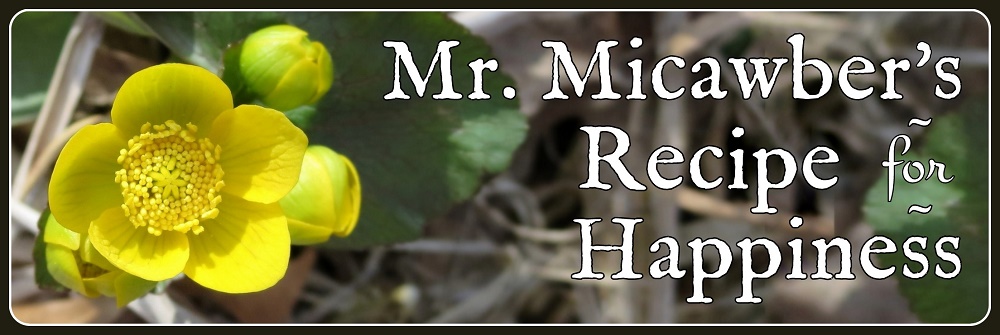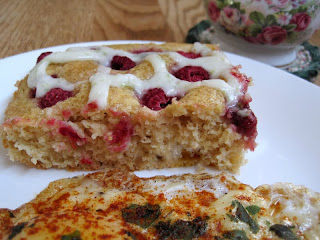Welcome back to our sock-knitting saga, in which Mrs. M tackles her very first hand-knitted sock, following the excellent (if sometimes vague) formula set out by Elizabeth Zimmermann in the classic Knitting Without Tears.
~ ~ ~
Last week we left our heroine, flushed with triumph over an unexpectedly smooth heel-turning, gamely stitching away at the foot of her sock (and slightly dreading the Kitchener to come)....
The sock-knitting experiment has been successful thus far (despite a certain inconsistency of tension). Will the toe be our heroine's undoing? Will grafting prove an insurmountable stumbling-block? These are the thoughts that haunt her waking hours - but Mrs. M presses on.
After briefly dithering over when to stop knitting the foot and start shaping the toe (EZ gives no clues about this - it's a case of by guess or by golly), our heroine decides to begin decreasing when the sock is about an inch shy of covering her foot.
In the sock-gospel according to EZ (sub-heading: "Shape for Toe"), the knitter is instructed to divide the stitches over 3 needles; half of them, for the front, on one needle (to be designated Needle #2), and the other half split between two other needles (to be designated #1 and #3.). Are your eyes glazing yet?
Half a mo - what does "front" mean? (Brief interval of quiet reflection.) Mrs. M concludes (rightly, as it turns out) that "front" equates to "top of the foot" - and divides her stitches accordingly.
This places the round-end marker and working yarn rather inconveniently in the middle of Needle #3, while the toe decreases are set to begin on Needle #1. Is this a problem? (Knitters are invited to comment.) Nothing for it but to stitch across until we reach Needle #1 ... and now for the toe-shaping. Knit to within 3 stitches of the end, k2tog, k1. So far so good; on to Needle #2.
K1, SSK.... A panic-stricken moment ensues in which Mrs. M a) forgets how to SSK; b) ruffles madly back through the book to find the instructions; c) discovers that all her previous SSKs have been incorrectly done. (Gnashing of teeth and striking of forehead.)
Our heroine pulls herself together and calls to mind the Galloping Horse Rule (learnt at quilting group in the dim and distant past, to be recited whenever a mistake is discovered): If You Can't See It From the Back of a Galloping Horse, It Doesn't Matter.
Daunted but resolute, she takes a firm grasp of her courage (also the needles and yarn) and soldiers on to the end of Needle #2 (k2tog, k1). Then across to Needle #3: K1, SSK. (Get it right this time, Mrs. M!). Knit to end. Whew!
 |
| Looks okay to me.... |
An easy round of plain knitting follows, then repeat the decrease round. Plain round, decrease round, plain round, decrease round, until there are 20 stitches left. And once again (dang it), the round has ended in an inconvenient place - smack in the middle of the sole:
Our heroine knits across to the end, wondering uneasily if these extra stitches will somehow cause a lopsided toe, but knowing she has no choice. Grafting simply cannot commence from the middle of the sock; it must start at one side.
Grafting? Yes - the dreadful hour has come....
But perhaps not so dreadful after all. For Mrs. M remembers that she holds a secret weapon: a sacred grafting mantra culled years ago from the pages of TechKnitter's* excellent blog, jotted on a bit of paper and carefully stored in the needle case against just such a moment as this, when the ghost of Kitchener looms o'er a hapless project, raising spectral visions of dropped and twisted stitches in a cramped, puckery seam - a sacred grafting mantra, I say, which, when chanted and followed, will allow the timorous knitter to graft her work with the knitting needles, on the knitting needles.
The precious relic, which contains not only the mantra, but a helpful diagram illustrating needle position (and a mystical string-bean-like shape hovering to the right), is retrieved from the needle case and set reverently on our heroine's lap.
The sock stitches are divided once again, onto two needles this time. A moment is spent in quiet contemplation of the relic, then, with a deep breath, Mrs. M cuts the yarn (being careful to leave a longish tail). Reminding herself that the tail must be pulled all the way through on every stitch, she begins to chant softly: "Purl the front and push OFF; knit the front and leave ON. Knit the back and push OFF; purl the back and leave ON."
After a breathless minute or three, in which nothing at all seems to be happening, a glorious sight appears: half a grafted toe! The mantra is working. (Thank you, TechKnitter!)
Almost before she knows it, our heroine is pulling the yarn through the final stitch - and a brand-new sock has been brought safely into the world.
 |
| Just look at that grafted toe.... |
Mrs. M rushes into the next room to show Mr. M what she has produced, and is slightly disappointed, though not at all surprised, to find that he takes it very calmly (so like a man).
And what, after all, is there to be excited about? The world is full of socks. Socks are knitted every day. But to Mrs. M, this one is special. Never before has it made an appearance on the stage of life; it is unique in the history of the planet. And despite its failure of perfect symmetry - its uneven tension and bumpy decreases and faintly concave toe - our heroine loves it, and wouldn't trade it for anything. (Except perhaps a Ferrari ... if it came fully insured.)
And so the curtain slowly drops on our woolly little drama. Laying her new sock lovingly in its basket, our heroine takes up her needles once more and begins to cast on the next....
~ ~ ~
*TechKnitter's blog, TechKnitting, is a wonderful compendium of knitting tips and techniques. A knitter with the mind of a structural engineer, she writes excellent tutorials which explain not only the how of a stitch but also the why. (And she happens to live in Wisconsin.) :)
~ ~ ~ ~ ~ ~ ~ ~ ~ ~ ~ ~

















































